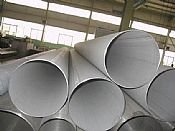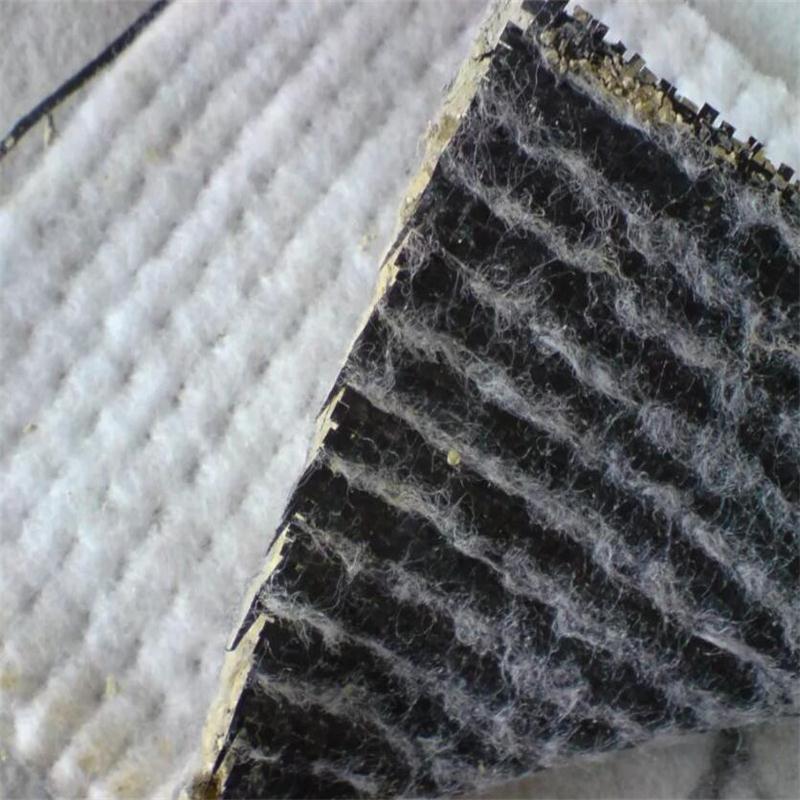What is martensitic stainless steel ? Standard martensitic stainless steels are: 403 stainless steel, 410 stainless steel, 414 stainless steel, 416 stainless steel, 416 (Se stainless steel ) , 420 stainless steel, 431 stainless steel, 440A stainless steel, 440B stainless steel and 440C stainless steel. The corrosion resistance comes from “ chromium †, which ranges from 11.5 to 18% . The higher the chromium content, the higher the carbon content of the steel to ensure the formation of martensite during heat treatment. The above three types of 440 stainless steel are rarely Considering the application as a soldering, and the filler metal of the 440 type component is not easy to obtain.
Martensitic stainless steel is mainly low carbon or high carbon steel with a chromium content ranging from 12% to 18% . There are three types of martensitic stainless steels widely used in various countries : 1. Low carbon and medium carbon 13% Cr steel 2. High carbon 18% Cr steel 3. Low carbon nickel (about 2% ) 17% Cr Steel martensitic stainless steels have high strength and corrosion resistance and can be used to make machine parts such as steam turbine blades ( 1Cr13 ), steam-equipped shafts and tie rods ( 2Cr13 ), and parts that work in corrosive media such as valves and bolts. Etc. ( 4Cr13 ). Steel grades with high carbon content ( 4Cr13 , 9Cr18 ) are suitable for the manufacture of medical devices, table knives, measuring tools, springs, etc. Similar to ferritic stainless steel, other alloying elements can be added to the martensitic stainless steel to improve other properties: 1. Add 0.07% S or Se to improve the machinability, such as 1Cr13S or 4Cr13Se ; 2. Add about 1% Mo and 0.1% V can increase the wear resistance and corrosion resistance of 9Cr18 steel. 3. Add about 1Mo-1W-0.2V to improve the heat strength of 1Cr13 and 2Cr13 steel. Martensitic stainless steel, like modified steel, can be quenched, tempered, and annealed. The mechanical properties are similar to those of modulated steel: when the hardness increases, the tensile strength and yield strength increase, while the elongation, cross-sectional shrinkage and impact work decrease.
The improvement of standard martensitic steels, containing additives such as nickel, molybdenum, vanadium, etc., is mainly used to increase the allowable working temperature of standard steels to above 1100K . When these elements are added, the carbon content also increases. As the carbon content increases, the problem of avoiding cracks in the hardened heat affected zone of the weld becomes more serious. Martensitic stainless steel can be welded in the state of annealing, hardening and hardening and tempering. No matter the original state of the steel, a hardened martensite zone is formed in the adjacent weld bead after welding. The hardness of the heat affected zone is mainly It depends on the carbon content of the base metal. When the hardness increases, the toughness decreases, and this area becomes more prone to cracking, preheating and controlling the interlayer temperature. It is the most effective way to avoid cracking. Good properties require post-weld heat treatment. Martensitic stainless steel is a type of stainless steel that can be adjusted by heat treatment (quenching, tempering). Generally speaking, it is a kind of hardenable stainless steel. This property determines that the steel must have two basic conditions: First, there must be an austenite phase region in the equilibrium phase diagram, and long-term heating in the temperature range of the region to solidify the carbide into the steel. After that, quenching is performed to form martensite, that is, the chemical composition must be controlled in the γ or γ + α phase region, and the second is to form the alloy into a passivation film resistant to corrosion and oxidation, and the chromium content must be above 10.5% . According to the difference of alloying elements, it can be divided into martensitic chromium stainless steel and martensitic chromium nickel stainless steel.
The main alloying elements of martensitic chromium stainless steel are iron, chromium and carbon. Figure 1-4 shows the Fe-Cr phase diagram iron-rich fraction. If Cr is greater than 13% , there is no γ phase. Such alloy is a single-phase ferrite alloy, and martensite cannot be produced under any heat treatment system. To this end, austenite forming elements must be added to the inner Fe-Cr binary alloy to enlarge the γ phase region. For martensitic chromium stainless steel, C and N are effective elements, and C and N elements are added to allow the alloy to be more High chromium content. In martensitic chromium stainless steel, in addition to chromium, C is another most important essential element. In fact, martensitic chromium stainless steel is a kind of iron, chromium and carbon ternary alloy. Of course, there are other elements that can be used to determine the approximate organization based on the Schaeffler diagram.
The corrosion resistance of martensitic stainless steel mainly depends on the chromium content, and the carbon in the steel indirectly affects the corrosion resistance of the steel due to the formation of stable chromium carbide with chromium. Therefore, in the 13% Cr steel, the lower the carbon content, the higher the corrosion resistance. In the four steels of 1Cr13 , 2Cr13 , 3Cr13 and 4Cr13 , the order of corrosion resistance and strength is just the opposite.

Geosynthetic Clay Liner( GCL)is made from 100% natural sodium bentonite, Woven Geotextile, nonwoven Geotextile.Geosynthetic clay liners (GCLs) are high performance needle punched environmental reinforced composites which combine two durable geotextile outer layers with a uniform core of natural sodium bentonite clay to form a hydraulic barrier. Fibers from the non-woven geotextile are needle punched through the layer of bentonite and incorporated into the other geotextile (either a woven or non-woven).when hydrated under a confining load, the bentonite swells to form a low permeability clay layer with the equivalent hydraulic protection of several feet of compacted clay.

Property
1. Swell when meet water
2. Long time waterproofing and friendly to environment
3. Separation, reinforcement, protection, filtration and easy for construction
Application
1. Municipal project, subway, underground and roof waterproofing
2. landfill, waste water treatment, industial waste
3. Waterproofing and reinforcement in water conservancy, river, lake and dam
4. Artificial lake, golf course and fish pond
5. Petrifaction and mineral waterproofing

Specification
Unit weight: 4500g/m2, 4800g/m2, 5000g/m2, 5500g/m2, 6000g/m2 or customerized
Width: 5m-6m or customerized
Length: 10m, 20m, 30m, 40m, or customerized
Technical data


Geosynthetic Clay Liner With Geomembrane
Geosynthetic Clay Liner With Geomembrane,Natural Bentonite Geosynthetic Clay Liner,Geosynthetic Geomembrane Clay Liners,Geomembrane Geosynthetic Clay Liner
Shandong Tianhai New Materials Engineering Co., Ltd , http://www.chinatinhy.com
